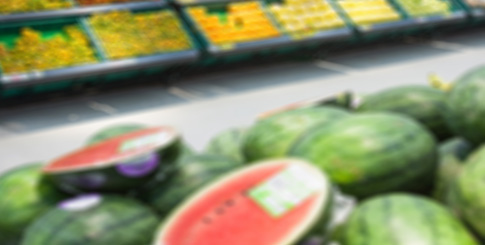“This will certainly reverberate on the supermarket industry as a whole—they’ll have to compete on the low prices consumers have come to expect from Amazon, just [like what] happened with books, media, and other products.”
He adds that the early price cuts sent a message. “It was a limited number of items, but they were high-visibility items,” McLaughlin stresses. “That was a big statement,” he emphasizes, with Amazon furthering its intention to make Whole Foods more accessible and affordable than its previous ‘Whole Paycheck’ reputation.
Some observers believe, however, that the price decreases were not as significant as touted, and more important are the changes to suppliers that will no longer be able to keep up with Amazon’s economies of scale. Not only will shelf variety be compromised, but customers may lament the loss of specific products and brands.
“Whole Foods has many really neat vendors, but they’re unique niche players and they can’t scale up, there’s no way,” comments John Pandol, director of special projects for Pandol Bros., a Delano, CA-based grower-shipper of grapes and tree fruit.
Amazon had already begun centralizing some purchasing decisions and reducing reliance on local suppliers near many Whole Foods locations.
Analysts expect the process to accelerate as the new owner looks for deeper efficiencies and more price reductions. Yet with the elimination of many of these small vendors, Whole Foods may lose a bit of its character, which has long attracted specific groups of consumers to its stores.
The margin effect
Although the initial lowering of prices was nowhere near as widespread as portrayed in much of the press coverage, if the strategy continues and expands, it could have a profound impact on not only retailers but the entire food industry.
Continuing to lower prices will exacerbate the pressures already inherent in the supermarket sector as a whole—due to the proliferation of private labels, competition with Walmart, the expansion of deep discounters including Lidl and Aldi, and the commoditization of some specialty produce categories.
“With this deal, along with the simultaneous rise of discounters, supermarkets are very mindful of price levels,” McLaughlin confirms, adding, “every supermarket should be concerned about Amazon’s effect on prices.”
That said, there are limits to how low prices can go. “We are an extremely competitive industry, with an average margin of 1 percent,” Larkin points out. He notes that while grocers always strive to balance the lowest possible prices for consumers with the need to maintain a margin, strategies will vary by retailer and market. “A retailer in a given market looks at all of its competition and sets prices accordingly.”



